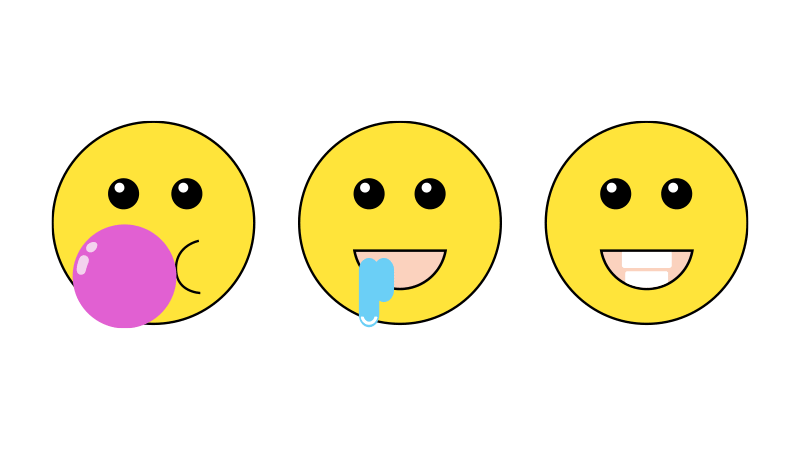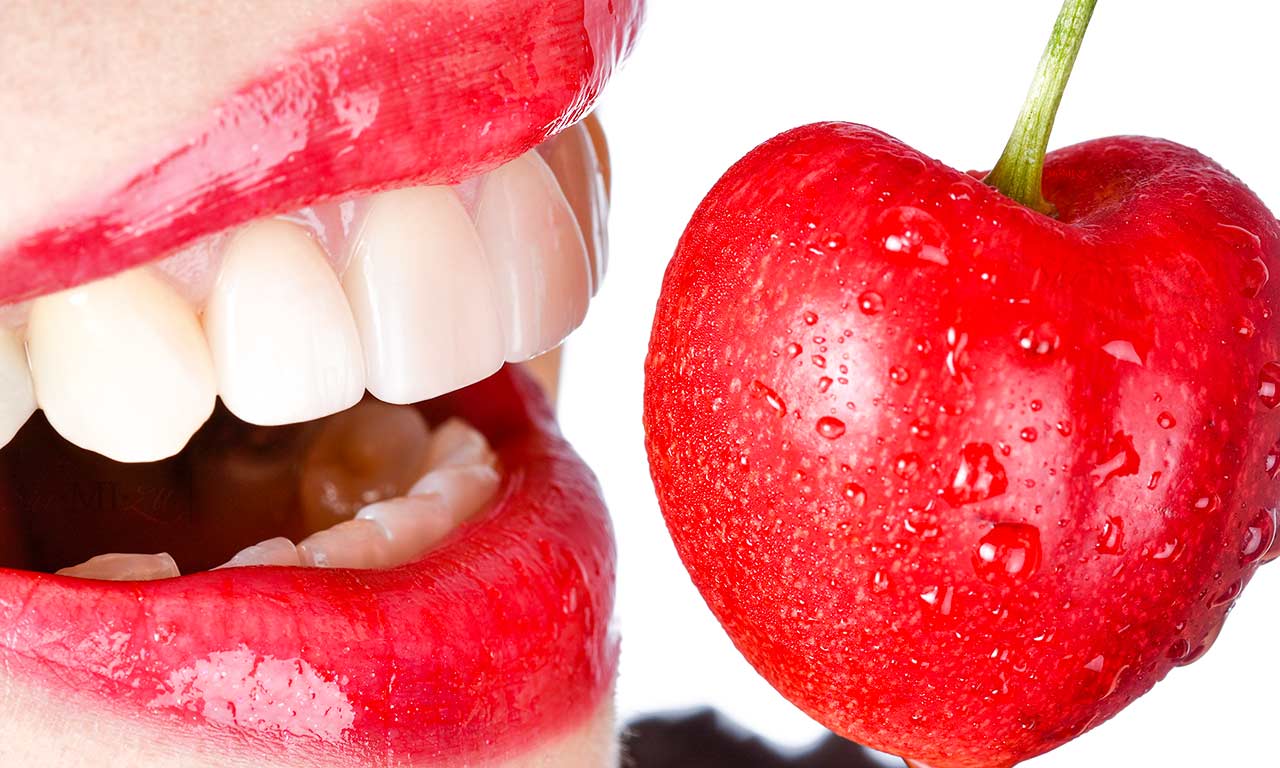Discover the numerous benefits of Xylitol for your dental health!
Chewing gum infused with Xylitol isn’t just a treat for your taste buds; it’s a shield against tooth decay. Unlike many other consumables, Xylitol can linger in your mouth, delivering a prolonged protective effect. Chewing also kickstarts saliva production, swiftly neutralizing acid bacteria in dental plaque and amplifying its anti-decay prowess.

A Fun Fact: Finland, the birthplace of Xylitol, proudly features this beneficial ingredient in up to 90% of its gum products. Despite its sweet nature, Xylitol boasts positive effects on your pearly whites.
Altering Oral Acidity: Xylitol’s Transformative Impact
The impact of Xylitol on oral health is multifaceted and game-changing. Upon ingestion, Xylitol reduces cavity-causing bacteria, stimulates saliva production, and thwarts the growth of those pesky microbes responsible for tooth decay.
Xylitol’s pivotal role is in reducing mouth acidity—a crucial factor for dental health. Acidic conditions can wear down tooth enamel and contribute to decay. Xylitol intervenes by suppressing the growth of cavity-causing bacteria, preventing acid production. As any pH below 5.5 makes teeth susceptible to decay, maintaining a balanced pH (ideally between 6.5 and 7.0) is paramount for oral health.

Boosting Saliva Generation: Another Advantage Offered by Xylitol
Another benefit of Xylitol is its capacity to increase saliva production. Saliva, a hero in dental defense, dilutes acid presence, shields tooth enamel from acid erosion, and aids in remineralizing teeth surfaces.
Rich in crucial components such as calcium and phosphorus, saliva becomes a pivotal factor in the remineralization of teeth. It even houses lysozyme, which breaks down harmful bacteria cell walls, reducing their numbers. Saliva’s pH-balancing act ensures an environment unfavorable for bacteria growth.
Suppressing Cavity-Causing Bacteria: Xylitol’s Advantageous Trait
Xylitol fights cavity-causing bacteria, particularly mutans, by sapping their energy and dwindling their numbers. Mutans bacteria, notorious for causing dental cavities, thrive in high-sugar environments, ferment sugars, and produce acid that dissolves enamel. Enter Xylitol—consumption hinders mutans growth, slashing the risk of cavities.

Xylitol in a Comprehensive Oral Hygiene Plan
While indulging in Xylitol-rich chewing gum or foods aids cavity prevention, it’s not a silver bullet. Refraining from neglecting proper oral hygiene practices like brushing and flossing is a no-go. Sole reliance on Xylitol might not suffice, especially if the mouth environment turns highly acidic due to prolonged sugary exposure. In some cases, remineralization may be challenging, especially for larger cavities visible on X-rays.
In conclusion, Xylitol is a powerhouse for your mouth—reducing acidity, boosting saliva, and battling cavity culprits. But remember the key to optimal dental health lies in integrating Xylitol into a comprehensive oral hygiene routine, complete with regular brushing, flossing, and dental check-ups. Your smile deserves the best care!
National Center for Biotechnology Information (NCBI)[Internet]. Steffen Mickenautsch(BDS), Soraya Coelho Leal(Ph.D.), Veerasamy Yengopal(MChD), Ana Cristina Bezerra(Ph.D.), and Vanessa Cruvinel(MS): SUGAR-FREE CHEWING GUM AND DENTAL CARIES – A SYSTEMATIC REVIEW; [2007] – [cited 2023 Apr 06]. Available from: https://www.ncbi.nlm.nih.gov/
National Center for Biotechnology Information (NCBI)[Internet]. Fabio Cocco, Giovanna Carta, Maria Grazia Cagetti, Laura Strohmenger, Peter Lingström, and Guglielmo Campuscorresponding author1,2: The caries preventive effect of 1-year use of low-dose Xylitol chewing gum. A randomized placebo-controlled clinical trial in high-caries-risk adults; [2017] – [cited 2023 Apr 06]. Available from: https://www.ncbi.nlm.nih.gov/
National Center for Biotechnology Information (NCBI)[Internet]. Prathibha Anand Nayak, Kaisu Pienihäkkinen: Effects of Xylitol chewing gum and candies on the accumulation of dental plaque: a systematic review; [2021] – [cited 2023 Apr 06]. Available from: https://www.ncbi.nlm.nih.gov/
